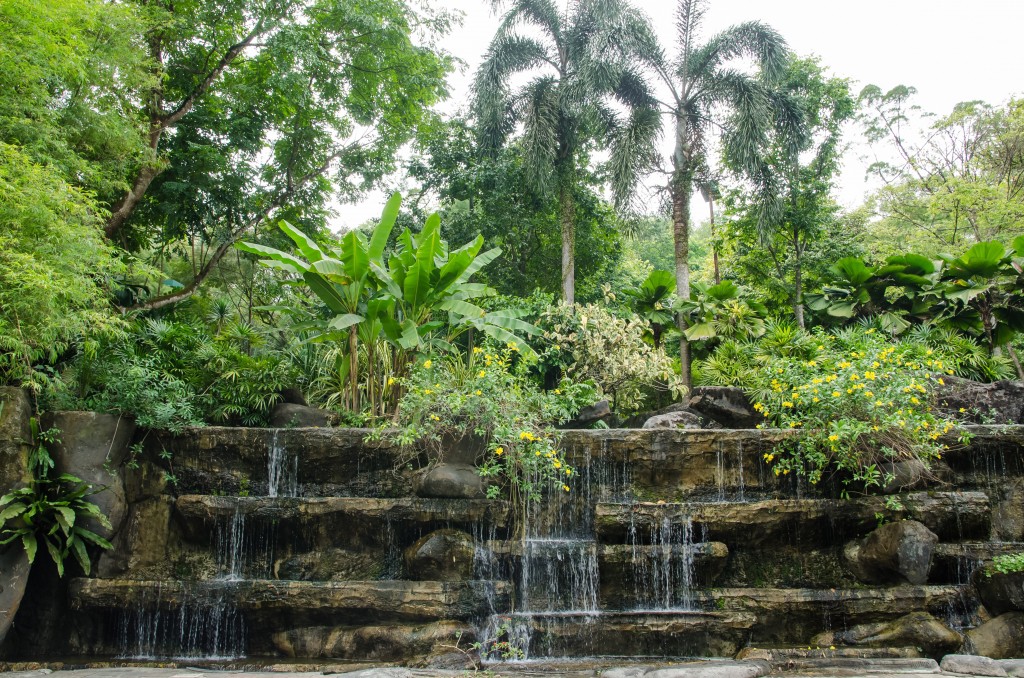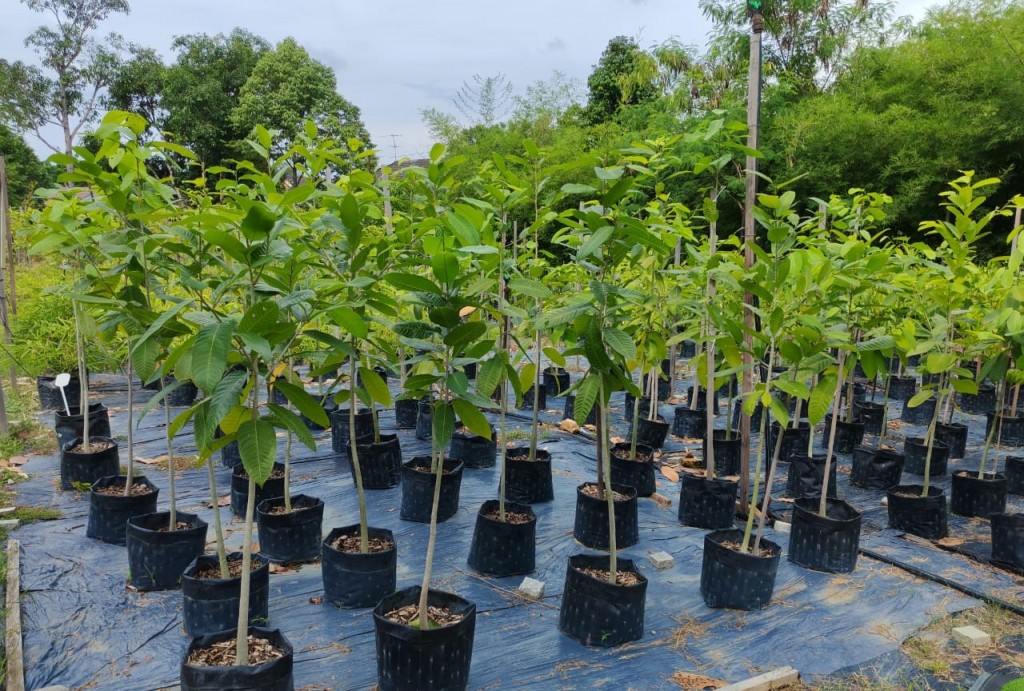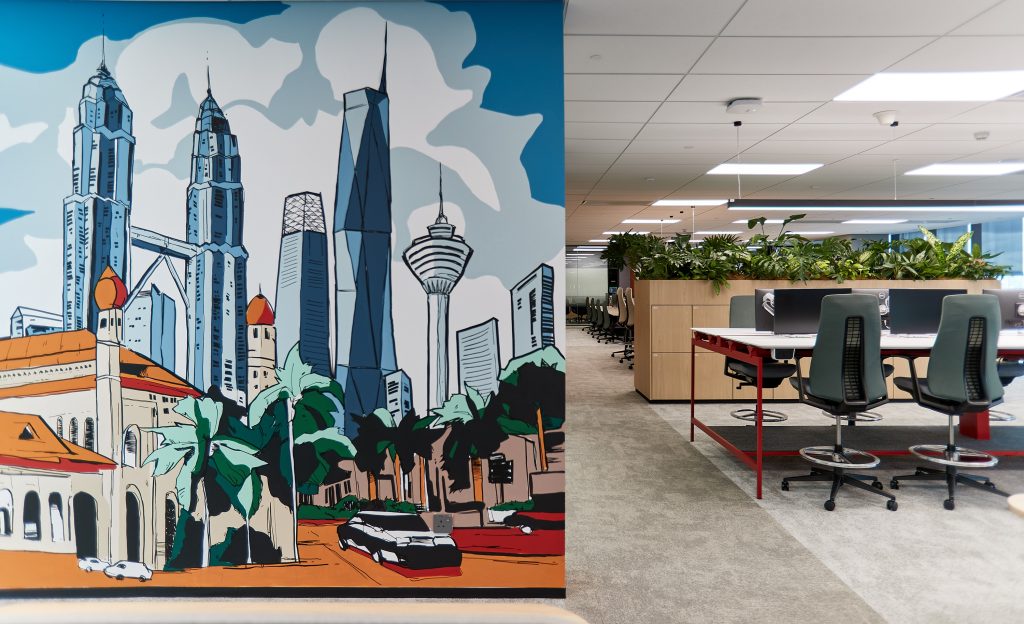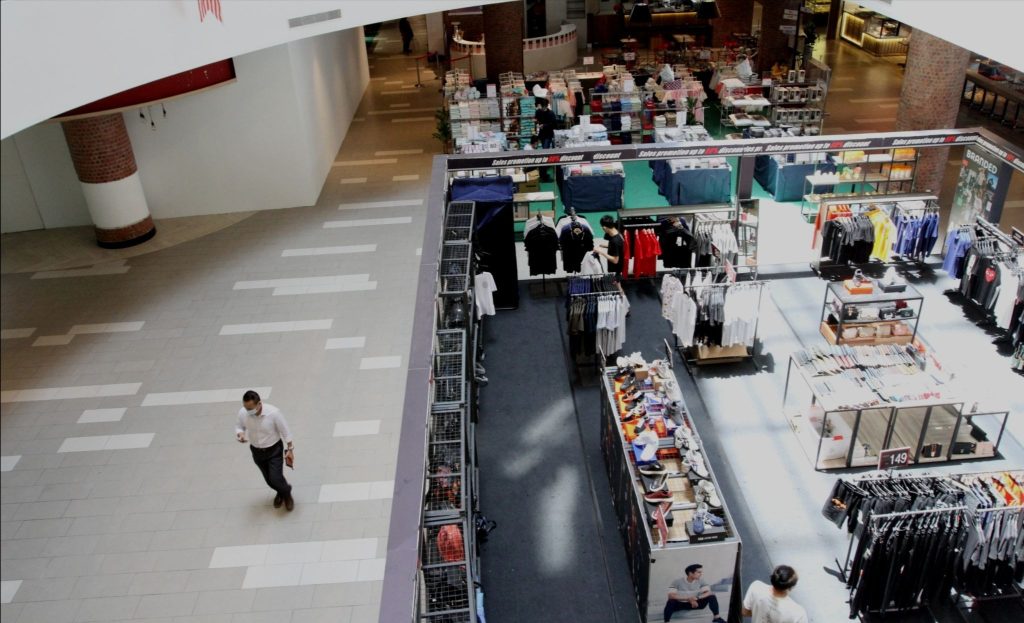The vital role of botanical gardens in urban valuation
By Joseph Wong
In the dynamic tapestry of modern cities where skyscrapers dominate skylines and bustling streets define daily life, there exists a tranquil haven that plays a pivotal role beyond its serene façade: the botanical garden. These verdant sanctuaries are not merely ornamental landscapes; they are essential contributors to the valuation and well-being of urban environments worldwide.
At the forefront of their significance lies their capacity as environmental stewards. Amidst concrete and asphalt, botanical gardens stand as green lungs, purifying the urban air by absorbing carbon dioxide and filtering pollutants. This natural filtration system not only enhances air quality but also mitigates the urban heat island effect, where cities experience significantly higher temperatures than surrounding rural areas due to human activities and the built environment.
Moreover, these gardens serve as reservoirs of biodiversity, preserving and showcasing a rich tapestry of plant species from around the globe. In doing so, they provide a living library for researchers and educators alike, advancing our understanding of ecological dynamics, plant genetics and sustainable urban planning.
According to international real estate consultancy Knight Frank, there is a wealth of evidence that supports the positive benefits of living close to green space. Many academic studies found that living within 300m of urban green space such as parks, nature reserves or botanical gardens is associated with greater happiness, a higher sense of worth and improved life satisfaction. Another study in the United States revealed that people experience a better mood after having spent time in a park relative to when they entered it, even if only staying for a short time.
A plethora of benefits
Green spaces like botanical gardens offer a range of benefits including health, employment, education, recreation, aesthetic enhancements and landscape improvements. They foster civic pride, community spirit and contribute to crime reduction. More specifically, botanical gardens serve as vital protectors and conservers of plant life and biodiversity. They provide educational opportunities about the environment, stimulate economic growth through business and tourism and offer programs that enhance the social and cultural well-being of the community.
Much research shows that natural green spaces are crucial for wildlife conservation and maintaining biological diversity. These spaces help foster an appreciation of natural habitats, improve understanding of biodiversity changes and promote conservation measures. Botanical gardens play a pivotal role in preserving plant species and their ecosystems. They raise public awareness about biodiversity, collect living and preserved plants and advocate for the protection of rare and threatened species.
Botanic gardens excel in education and training, which allows them to effectively communicate plant conservation messages and engage diverse audiences in environmental awareness. Many countries achieve this through park wardens, rangers and educational officers who conduct various walks and talks with local schools and community groups to foster appreciation and understanding of the environment.
A prime example is the Ian Potter Foundation Children's Garden within Melbourne’s Royal Botanic Gardens. This specialised environmental education garden is designed for children, aiming to teach them about plant life through interactive play, exploration and adventure. It incorporates key environmental learning themes and outdoor classroom structures to enhance the educational experience.
Natural green spaces mitigate the heat island effect in urban areas by moderating climate, enhancing hydrological processes and absorbing pollutants. They also provide shelter, restore biodiversity and offer benefits such as controlling soil erosion and stabilising dust. Additionally, green spaces reduce glare, noise and visual pollution while improving roadside transport safety. Research reveals that nearly two billion sq m of residential, public, roadside and urban forest green spaces absorb approximately four million tonnes of CO2 annually, releasing three million tonnes of oxygen and 439 million tonnes of water vapour. Thus, natural green spaces not only act as carbon sinks but also help mitigate global warming by slowing the accumulation of atmospheric carbon.
Economic gains
Natural green spaces have long supported regional economies through various revenue streams, including entry fees, visitor-related sales at cafes and gift shops as well as fees for horticultural and landscaping services. Botanical gardens, particularly, bolster economic stability by drawing residents, businesses, partnerships and tourism.
In the United States, it is estimated that the ecotourism market's value will exceed US$100bil (RM455.46bil) in 2000. In Southeast Asia, events like the Asia-Pacific and Africa ecotourism market size was valued at US$64.42bil in 2021 and is projected to reach US$150.91bil by 2027, registering a compounded annual growth rate of 14.0% from 2022 to 2027.
Moreover, such green spaces also reduce energy costs by lowering local air temperatures through transpiration and shading. It is estimated that a sizable tree plantation could yield as much as RM1.07bil in net environmental benefits over 40 years, including health care costs associated with urban living.
The tie-in to property development
The relationship between botanical gardens and real estate development is a symbiotic one, where each entity benefits from the presence of the other. One of the most significant impacts of botanical gardens on real estate development is the enhancement of property values. Properties located near well-maintained botanical gardens often experience increased demand due to the attractive and serene environment these gardens provide. The presence of green spaces, including botanical gardens, adds aesthetic and recreational value, making nearby properties more desirable.
“We measured the potential value uplift for newly built prime homes adjacent to a park, those with and without a view, compared with similar properties located further away. Not all prime park-adjacent properties are equal, however, and much like the diverse nature of global property – premiums can vary by location and amenity,” said a Knight Frank report.
Studies have shown that proximity to botanical gardens can significantly boost property values. For instance, homes and commercial properties near high-quality green spaces have been found to command higher prices compared to those further away. This premium is attributed to the visual appeal, tranquillity and recreational opportunities offered by these gardens. Developers and investors are increasingly recognising this benefit, integrating botanical gardens into their projects to enhance the marketability and value of their properties.
“Our research reveals that globally, on average, a park-adjacent property is worth 18% more than an equivalent home further away. Interestingly, however, it’s not just about proximity, a park view commands a greater premium, with a 34% average uplift across our cities,” the report said.
For example, large-scale real estate projects, such as those featuring residential, commercial and leisure spaces, often incorporate botanical gardens to create a vibrant and attractive environment. Incorporating botanical gardens into real estate developments can help create a sense of place and community identity. Garden spaces often become social hubs where residents gather for events, educational programs and leisure activities. This sense of community can further enhance the appeal of nearby properties, creating a more attractive living environment for potential buyers and renters.
Case studies
Several real estate developments around the world exemplify the successful integration of botanical gardens. For instance, the New York Botanical Garden, located in the Bronx, has become a cornerstone of the local community and a major draw for tourists. The surrounding real estate has benefited from increased demand and higher property values due to the garden's presence.
In Singapore, the Gardens by the Bay project has transformed the city’s skyline while enhancing the value of nearby properties. The project's iconic Supertree Grove and Flower Dome attract millions of visitors annually, contributing to the city's economy and boosting the value of adjacent real estate developments.
Similarly, in Melbourne, the Royal Botanic Gardens have played a significant role in shaping the surrounding real estate market. Properties near these gardens are highly sought after, and the gardens themselves are a major attraction that supports local businesses and tourism.
Surprisingly, Malaysian cities have yet to fully tap into Botanical Gardens' advantage. As cities continue to grow and face environmental challenges, the role of botanical gardens becomes increasingly critical as the world’s green spaces are reducing at an alarming rate in the name of development. The relationship between botanical gardens and real estate development is a dynamic and mutually beneficial one and this will only intensify over time. For developers, investors and city planners, leveraging the benefits of botanical gardens can lead to successful and impactful real estate ventures that contribute to the overall quality of life in urban settings.
Stay ahead of the crowd and enjoy fresh insights on real estate, property development, and lifestyle trends when you subscribe to our newsletter and follow us on social media.



















































